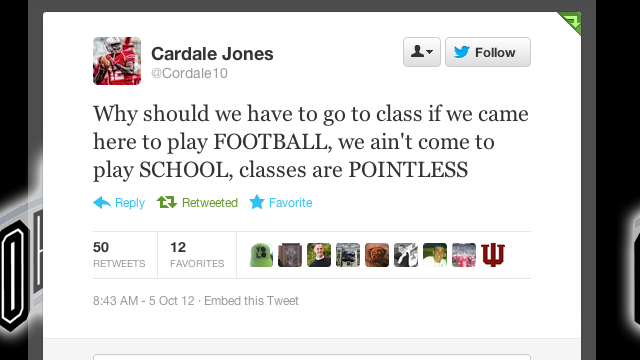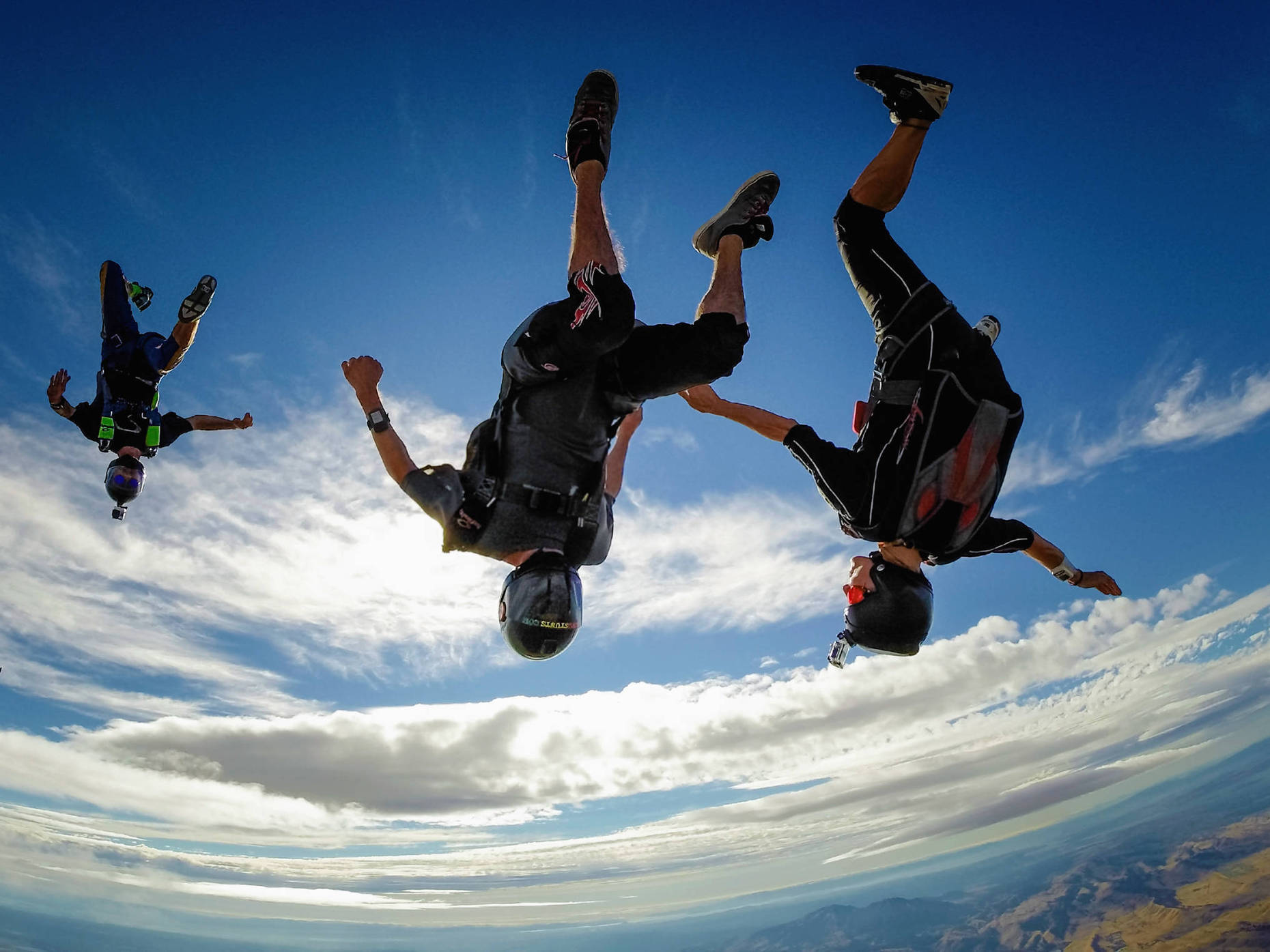In marketing today, social media is an extremely powerful
tool. Social media has grown from a new form of communication and sharing
information to an expected form of interaction and influence of a person’s
opinion about your product or brand. In the past, if you had something to say
you needed a loud voice, a soapbox to stand on, and a crowd of people to
listen. Now, even the smallest voice can be heard around the world with a click
of a button. “Today’s igniters have access to virtually free, global, and
certainly instantaneous communications systems” (Schaefer, 2012).
The most common form of influence on a brand is when a customer
posts a comment or review on their experience with the company or product. At
times, the user posts so frequently that they become a spokesperson (either for
or against) the brand. However, sometimes the association between the brand and
the individual becomes so strong, the person becomes a brand ambassador in
everything they do. Sometimes the association is intentional (i.e. Michael
Jordan and Nike, Jared Fogel and Subway), but other times it is simply due to society
and circumstance.
College athletes are (for the most part) an excellent example
of a brand unavoidable or unintentional brand ambassador. When a student chooses
to play as a division I athlete at a high profile college in a high profile
position, that person immediately become an ambassador and serves as a representation
of that institution. In 2013 Ohio State University’s third-string quarterback Cardale
Jones tweeted,
Around the
country, universities are becoming more concerned and placing more regulations
against the use of social media by their players. Many schools now have put policies in place to band athlete personal social media accounts completely. Personally, I think this the wrong direction. As institutions of higher education, it is our responsibility to not only understand the power of social media, but also educate our athletes on how to use it correctly and professionally. My first thought when I hear a college has a strict social media policy is that they have something to hide. Social media is about listening, if you students have something positive to say, encourage them to say it. If not, then listen to their social conversation and find ways the institution can improve and change perception. “Saying ‘don’t use it’ is not going to work,” said Matt
Hames, manager of media communications at Colgate. “The really scary thing to a
lot of people is now a 17-year-old kid has a device in their hand where they
can say anything at any time. You just nudge them in a direction where they
think about it a different way" (Grasgreen, 2013). Teresa Valerio Parrot,
principal at TVP Communications adds, “Institutions that say ‘don’t
participate’ are missing an opportunity to highlight what student-athletes do.
You’re not able to hear about them as students” (Grasgreen, 2013).
Social Media ambassadors can be an important resource in
your integrated marketing communications strategy. Social Media Examiner has a great article about how Adobe learned to empower their employees to share positive experiences while working in the company. Cory
Edwards, head of Adobe’s Social Media Center of Excellence, explains, “we had a ‘Eureka!’ moment about how much value the average
employee could bring. As a result, Adobe now focuses on
empowering all employees to be brand ambassadors" (Julig, 2014). College athletic programs
can benefit tremendously from active athletes on social media. Though it may
not be all positive, educating your students and listening to the online interactions
can influence the conversation and brand positioning.
Schaefer, Mark (2012). Return on Influence. McGraw-Hill.
Grasgreen, Allie (2013) Tweet Smart, Tweet Often. www.insidehighered.com/
Julig, Louise (2014). 4 Ways to Turn Your Employees Into Brand Ambassadors. http://www.socialmediaexaminer.com/turn-employees-brand-ambassadors/
Julig, Louise (2014). 4 Ways to Turn Your Employees Into Brand Ambassadors. http://www.socialmediaexaminer.com/turn-employees-brand-ambassadors/





